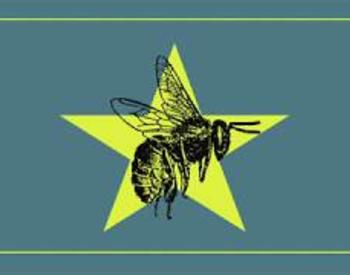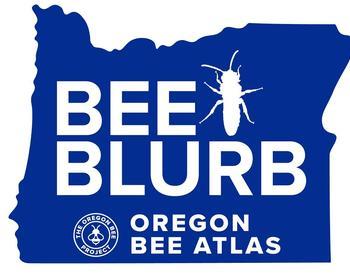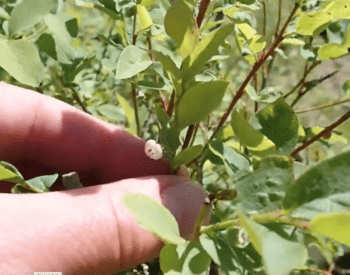In the wild, bees have many natural predators. This yellow-faced bumble bee appeared to be sleeping on goldenrod, Solidago, but when netted it was dead and had a goldenrod crab spider on its back.
These spiders can change color to match the flower from which they ambush their prey. Interestingly, it takes about six days for the spider to change color from yellow to white, but 10–25 days to change from white to yellow. The length of time differs because the spider excretes yellow pigment when it turns white, so needs to first produce yellow pigment to turn yellow.
The spider will sit in the center of a flower and when a bee moves near, the spider wraps its legs around the bee, digs in its fangs and injects a neurotoxin. The spider in the photo is likely a female because of its size and bright yellow legs.



















